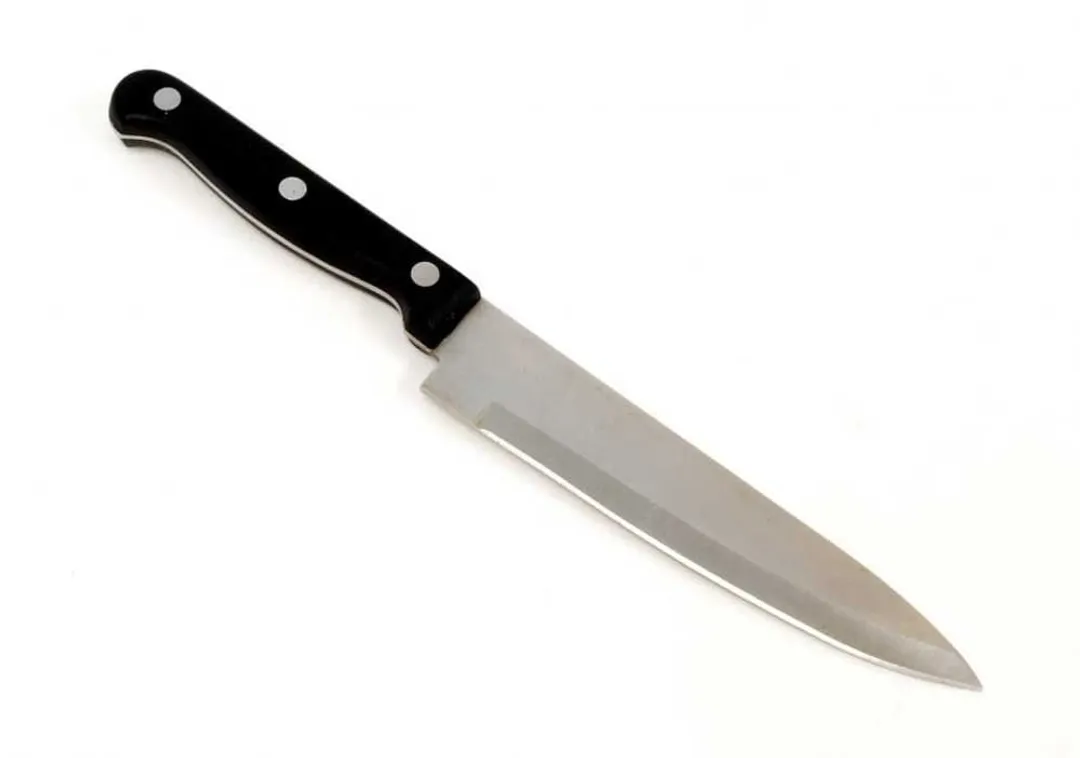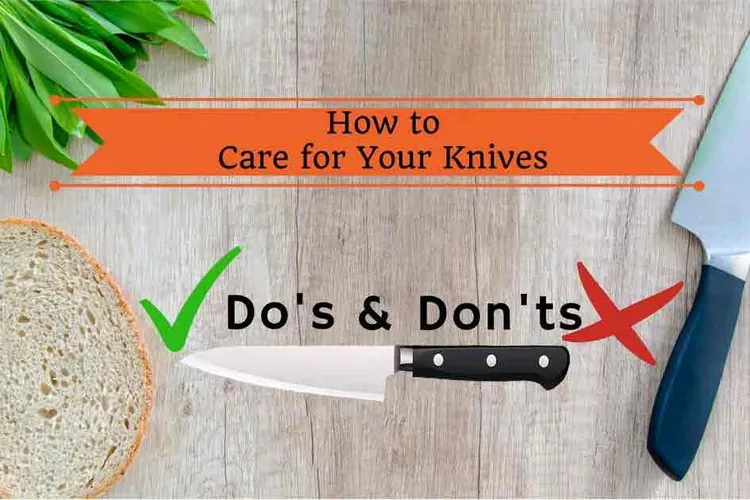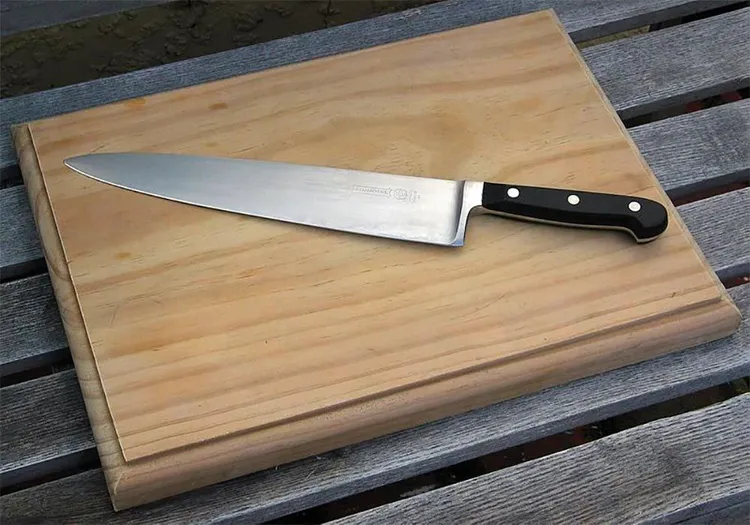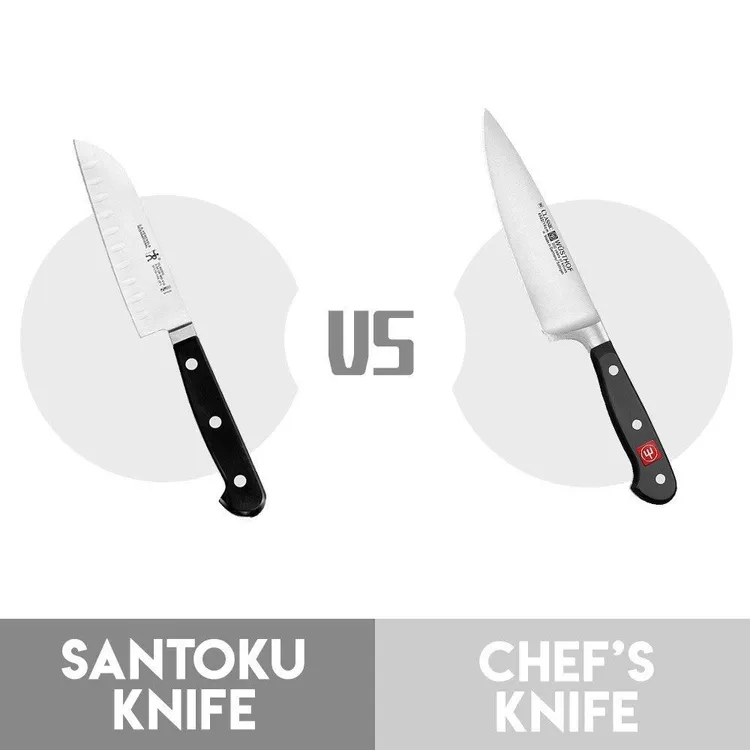Our recommendations are made independently through Research & Testing. We may receive commissions from purchases made via our links.
Best Steel for Kitchen Knives—The Tough, the Hard and the Resistant
We all have kitchen knives and we’ve got used to how they perform. But the best steel for kitchen knives can make the difference you’d never imagined.
So, what is the best steel for kitchen knives? This seems like a reasonable question that deserves a definitive answer. In a perfect world, each of our kitchen knives would always be sharp, tough, hard, corrosion-resistant and durable all at the same time. In reality, however, ensuring that the steel contains all of these properties won’t necessarily make it perfect.
Understanding Steel: Hard Doesn’t Mean Tough
Other than the overall profile, the most critical factors that affect a blade’s performance are its hardness, toughness, and wear and corrosion resistance.

Hardness
The hardness of a steel is a measure of how well it can resist external forces by way of indentation or abrasion. In layman’s terms, the ability to resist deformation under friction. There are several methods available for measuring the hardness of steel. The Rockwell Hardness Test (HRC rating) is the one most commonly used. A higher RHC rating equates to harder steel.
When used to slice through softer materials, a hard steel will maintain its edge for a long time. Conversely, when a hard blade comes against another hard material, such as bones, it will likely get chipped. This is due to the brittleness that is often present in hard steel.

Toughness
Toughness is a measure of a material’s ability to resist fracture while absorbing energy and plastically deforming. In other words, the toughness of a steel refers to its ability to resist deformation before fracturing. In general, hardness and toughness are inversely proportional. A tough material can’t be easily broken.
Wear Resistance
Wear resistance is, in a nutshell, the ability of a knife to hold its edge during regular use until sharpening is required. Intuitively, we think that a harder steel would naturally correspond to better wear resistance. That would be true if steel was simply an alloy of iron and carbon, and nothing else.
In reality, the steel industry uses many other elements in their products. For example, the inclusion of nickel in steel increases toughness and corrosion resistance, while vanadium increases steel strength and produces stable carbides.
These carbides hold the key to wear resistance because they alter the molecular structure of the steel. Since one alloy differs from the next in its composition, wear resistance also differs depending on which carbides the extra element produces.
Corrosion Resistance
A knife made of simple iron and carbon steel can do a fine job of cutting. But corrosion will quickly render it useless if it is not properly cared for. For a knife to stand any chance against corrosion, a select amount of chromium is added to the steel. It causes a thin layer of chromium oxide to form on the surface which prevents oxygen from further diffusing into the metal, thus stopping corrosion.
The kitchen knives available commercially generally have varying degrees of corrosion resistance. But for steel to be genuinely corrosion-resistant, it has to have at least 11% chromium content and at most 1.2% carbon by mass. In extreme conditions, steel must contain at least twice the amount of chromium if the knife is to endure harsh environments such as in saltwater or humid climates.
The Best Steel for Kitchen Knives— Well, It Depends…
Picking steel for a knife is essentially an exercise in compromise. It’s a balancing act between hard and tough. A knife can be extremely hard and sharp. But thanks to the high brittleness, it will likely chip or crack when encountering a chicken bone. On the other hand, a very tough knife can stand up to plenty of abuse but will struggle to hold its edge.
Choosing the right steel for your knife is a game of trade-offs that requires you to prioritize your needs. Let’s examine the three main steel categories and see what each has to offer.
Carbon Steel
From time to time, you might come across a stranger’s knife that looks old and used. The corrosion stains on the blade give the impression it has been through many a tough day. But in all likelihood, the knife isn’t an antique and the blade is made from carbon steel.
Carbon steel is what we know simply as steel. It is an alloy of iron and carbon, with a maximum carbon content of 2.1%. A typical kitchen knife has 0.5% carbon content. As carbon content rises, the steel can be made harder and stronger using heat treatment.
Blades made from carbon steel take a sharper edge than stainless steel but are more prone to rusting. Conversely, blades with less carbon content are tougher but more difficult to sharpen.
This is the material from which traditionally knives have been made. Many purists still swear by them. They appreciate the unmatched sharpness the blade offers and ritualistically care for them. It is important to immediately dry such knives after a wash. Then, apply a coat of mineral oil for the night’s storage.
In short, knives made of carbon steel are hard, not as tough, have good edge retention due to high wear resistance, and low corrosion resistance.
Stainless Steel
Compared to the idiosyncratic carbon steel, stainless steel is much more accommodating and forgiving. Depending on the chromium content, not all stainless steels are equally resistant to corrosion. But even semi-stainless knives are notably easier to maintain than those made of carbon steel.
Unlike carbon steel, stainless steel is less vulnerable to staining by acidic foods. There is no need to worry about accidentally chopping a lemon while you’re busy cooking. What a stainless-steel knife lacks in complete sharpness, it makes up for in resilience. It cuts what it’s asked to cut, albeit without the same ease and grace of a carbon steel knife. There’s no need to worry about drying it off when you’re busy elsewhere.
Like any general utility tool, a stainless-steel knife also has its downsides. Being softer, stainless steel doesn’t hold an edge well, and sharpening is more difficult.
Alloy Steel
By definition, alloy steel contains one of a variety of elements which help to improve its mechanical properties. In that sense, stainless steel and carbon steel are also alloys. But because of their widespread use, they fall into categories of their own.
By manipulating the presence and amounts of certain elements, a steel can be made to suit various applications. For example, nickel improves toughness and corrosion resistance but reduces hardness. Whereas, when nitrogen replaces carbon, it exhibits similar characteristics but also makes the steel more corrosion resistant.
X50CrMoV15
Steel with the formula X50CrMoV15 is widely used by German knife makers Wusthof and Henckels, and many others. Its name is rather cryptic. But what it really stands for is: stainless (X), 0.5% carbon (50), 15% chromium (15), with small amounts of molybdenum and vanadium. This alloy is highly corrosion-resistant and has a relatively high carbon content. The balance between hardness and toughness gives the blade good edge retention and durability.
VG10
This steel is used in many quality Japanese blades. It contains 1% carbon, 15% chromium, and small amounts of molybdenum, vanadium and cobalt. The blade made from this steel can hold a very sharp edge. Although corrosion-resistant, it should be kept dry whenever possible. It is also vulnerable to chipping and pit corrosion. You should, therefore, never use these knives to cut hard objects or bones.
With a plethora of elements all with their own unique properties, you have endless choices when it comes to the ideal alloy.
Conclusion
Carbon steel and stainless steel give us good examples for appreciating the different properties that a knife can take on. They each carry some of the benefits that we would all like to see in a knife.
It is impossible to find one best steel for kitchen knives that embodies all the desirable properties. But thanks to modern metallurgy, alloys offer us a good balance between carbon steel and stainless steel.
Authors
Luna Regina is an accomplished writer and author who dedicates her career to empowering home cooks and making cooking effortless for everyone. She is the founder of HealthyKitchen101.com and HealthyRecipes101.com, where she works with her team to develop easy, nutritious recipes and help aspiring cooks choose the right kitchen appliances.






